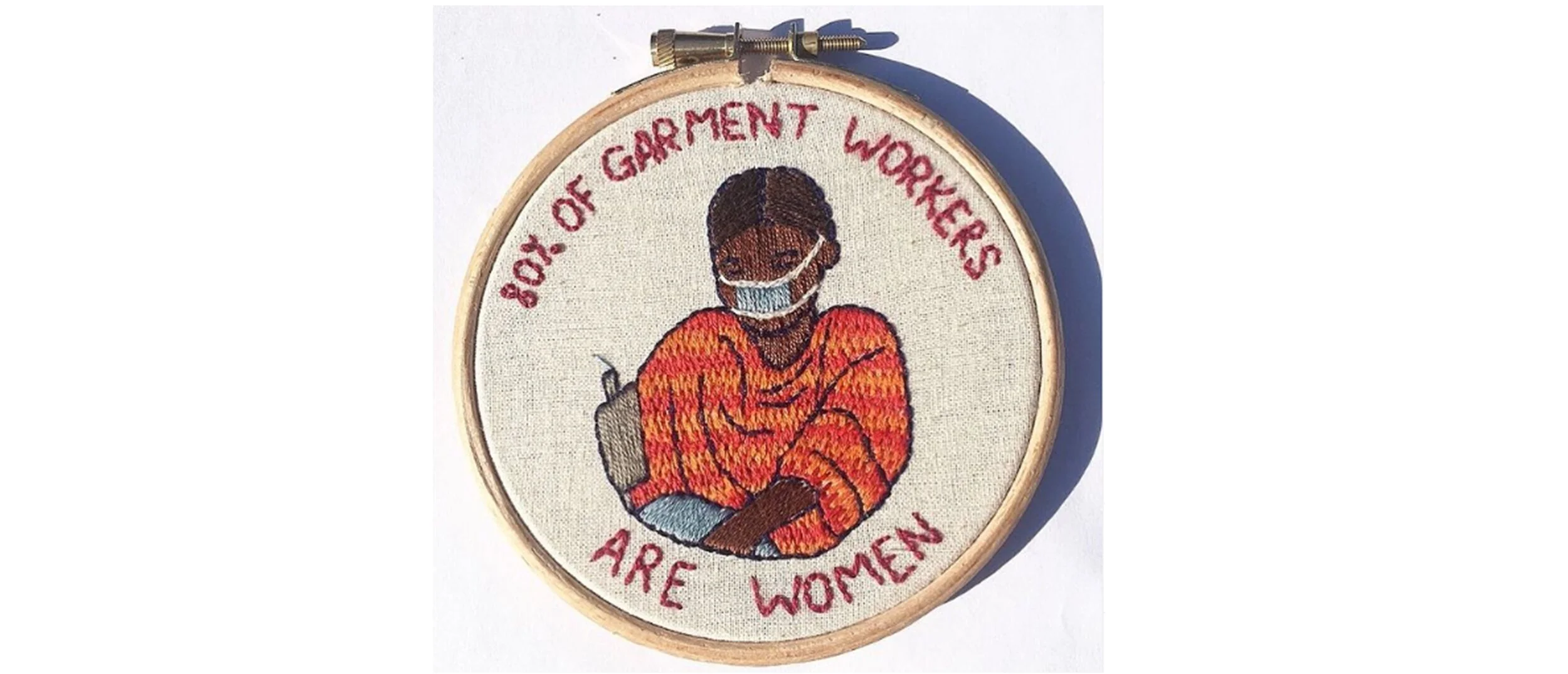How demand for sustainability is transforming the fashion industry
The fashion industry has big issues when it comes to sustainability. It’s responsible for a lot of harm to the planet, creates excessive waste and forces underpaid garment workers to make clothes in awful conditions.
But there is hope! In recent years, shoppers’ eco concerns have turned the industry greener, as we pile on the pressure for brands to do better. I’ve rounded up some of the ways fashion is changing thanks to this demand for sustainability.
Fabrics go green
As we all wise up to the downsides of traditional fabrics (cotton’s water-intensive production and polyester’s microplastic problem, to name a few), brands have started to use green alternatives like Tencel and Piñatex. Innovative materials have found a place on the red carpet too. You might remember Emma Watson’s Calvin Klein dress at the 2016 Met Gala, created from a material made entirely of recycled bottles.
There’s also been a shift to transforming unwanted clothing into new pieces by designers – myself included. I source clothing through donations, unsellable items from TRAID, charity shops and thrift stores and rework them. Everything is redesigned without using any new resources.
The Burberry U-turn on burning stock
Back in 2018, the press picked up on how Burberry destroyed £28m worth of unsold stock in the previous year, opening our eyes to an industry-wide problem. Following public outrage, the fashion house quickly announced it would cease burning excess stock.
Although destroying unsold stock is still a huge problem and Burberry’s response might seem a small victory, other brands have stepped up their efforts to reuse or reduce deadstock since this scandal. Learn more about brands committing to key environmental goals with the Fashion Pact
Embroidery by Bryony Porter @tickover
Who made my clothes?
Sustainability in fashion goes beyond the environment – we also care about the social impact of our clothes too. The Rana Plaza disaster, when a building in Bangladesh housing several fast fashion factories collapsed killing 1138 garment workers, was a turning point for shoppers and the fashion industry. It highlighted the human cost of fast fashion and made many of us rethink our shopping habits.
This tragic event sparked Fashion Revolution’s #WhoMadeMyClothes movement, which calls for brands to ensure their clothes are made fairly and safely and for shoppers to question why items are available so cheaply. Some companies are now more transparent about their supply chains thanks to the campaign, also helping us make better choices about who to buy from (and who not to buy from).
Illustration by Nic Mac
Waking up to packaging waste
With online shopping bigger than ever, wasteful packaging has been another issue for sustainable shoppers. We’ve become vocal about things like excessive layers of plastic you can’t recycle and huge boxes for tiny items, especially after David Attenborough’s Blue Planet II brought the damaging impact of waste to our TV screens.
Now compostable, recycled and reusable solutions are on the increase in the fashion industry and will hopefully become widespread. Read about how I keep my own packaging sustainable, right down to small details like labels and swing tags.
This blog post was written by Kavita Ashton


